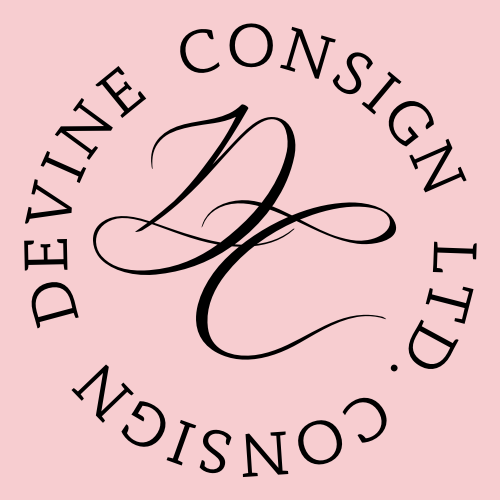Have you ever been in a store and your eye is just automatically drawn towards something, whether in a clothing store or home decor store? For me, it almost always has some type of embroidery on it, eyelet, or lace.
For me, in today's world think Anthropologie or Free People vibes. Boho chic? Grandma chic? Whatever you want to call it, I'm here for it. Always have been, always will.
If you are like me, you may want to know some of the back story on these art forms.
In the fast-paced rhythm of today's world, finding solace in the intricacies of ancient arts can be a rejuvenating experience. Embroidery, a timeless craft, stands as a testament to human creativity and the enduring beauty of handiwork. Let's embark on a journey through the rich tapestry of embroidery, exploring its historical roots and unraveling its contemporary significance.
A Stitch in Time: Origins and Ancient Marvels
Embroidery's origins are as ancient as human civilization itself. In the Warring States period in China and ancient Egypt, delicate hand-stitched patterns graced fabrics, initiating the enchanting journey of embroidery. As civilizations flourished, this art form evolved into a symbol of status and cultural expression.
Medieval Opulence: A Renaissance of Needlework
The Middle Ages witnessed the flourishing of embroidery in medieval Europe. Nobility and clergy adorned garments with opulent designs, turning clothing into canvases that told tales of daily life and mythological wonders. The needle became a painter's brush, and fabrics transformed into masterpieces of art and craftsmanship.
Threads Across Cultures: A Global Tapestry of Expression
Embroidery traversed continents, adopting unique forms in every corner of the world. From the intricate suzanis of Central Asia to the delicate silk threads of Japanese shishu, cultural identities were woven into fabrics. Embroidery became a universal language, expressing heritage, stories, and the skill of artisans.
Rococo Extravagance: The Elegance of Royal Threads
As the world transitioned into the Renaissance and Rococo periods, embroidery became synonymous with opulence. Courts of Europe became patrons of the needle arts, showcasing lavish garments adorned with gold and silver threads, pearls, and precious stones. Embroidery, during these times, symbolized elegance and refinement.
Revival and Rebellion: The Arts and Crafts Movement
The Industrial Revolution spurred a counter-movement known as the Arts and Crafts movement. Embroidery, as part of this rebellion against mass production, symbolized the handmade and the individual. Artisans championed traditional techniques, breathing new life into this ancient craft.
Embroidery Today: An Art Form for the Modern Age
In the 21st century, embroidery continues to captivate hearts and minds. Its application has transcended traditional boundaries, making appearances on haute couture runways and artisanal creations alike. The craft embraces both tradition and innovation, with contemporary artists using digital technologies to push the boundaries of what embroidery can achieve.
From Runways to Homes: Contemporary Uses of Embroidery
Today, embroidery is not confined to the elite or the artistic. It has found its way into everyday life, decorating clothing, accessories, and home furnishings. Contemporary artisans and crafters use embroidery to personalize and breathe life into their creations, offering a touch of handmade warmth in a world dominated by mass production.
Embroidery as Personal Expression: Connecting Past and Present
In a world dominated by technology, embroidery serves as a bridge between the past and the present. Every stitch carries the weight of history, and every thread connects us to the artisans who wielded the needle centuries ago. It invites us to slow down, appreciate the handmade, and find personal connections in a rapidly changing world.
As we celebrate the enduring beauty of embroidery, let's recognize its ability to evoke a sense of history, culture, and personal expression. In every stitch lies a story, and in every thread, a connection to the rich tapestry of our collective past and present.
Happy treasure hunting!
xoxo Danni <3

